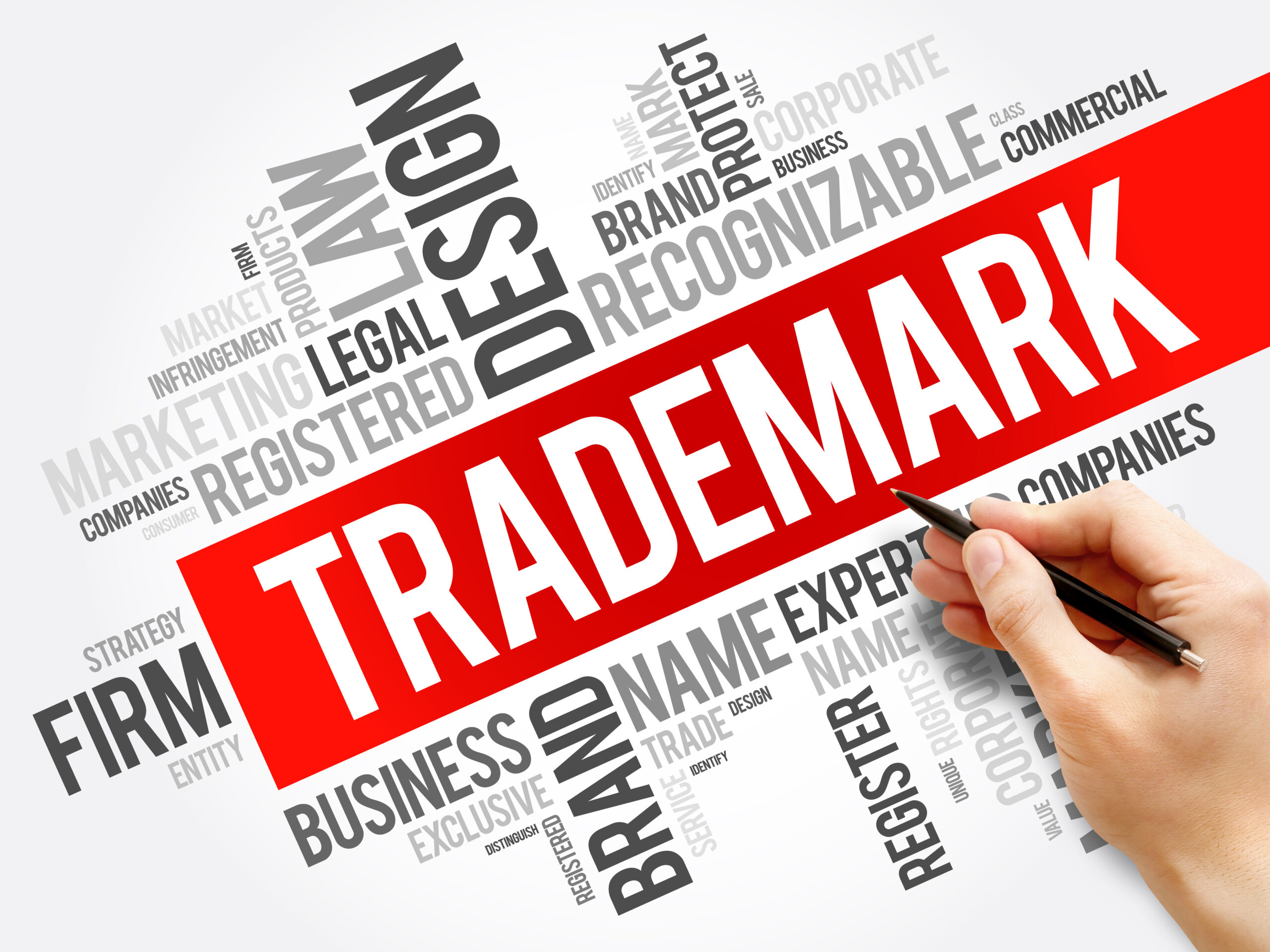Trademarks serve as valuable assets that safeguard a company’s name, logo, slogan, or other distinctive elements from unauthorized use by competitors. However, business owners may be unsure about whether they should apply for state or federal trademark registrations. This article explores the differences between state and federal trademarks and their respective benefits. What Is a State Trademark? A state trademark …
The Importance of Intellectual Property Protection For Startups
While many young companies view IP protection as an unnecessary expense or a concern for later, the reality is that IP protection can be the difference between long-term success and vulnerability to competition. Why Your Startup Should Invest in IP Protection IP protection requires upfront investment, however, the potential returns far outweigh the initial costs. Some of the benefits of …
How to Use UDRP to Combat Cybersquatting
Cybersquatting involves the registration, use, or sale of a domain name that is identical or confusingly similar to an existing trademark with the intention of profiting from it. Well-known trademarks and companies are frequently targeted by cybersquatters, requiring businesses to incur increased costs to monitor and enforce their trademark rights. A UDRP proceeding can be a cost-efficient and effective method …
A Guide to Comprehensive Trademark Clearance Searches
For businesses looking to protect their brand, a trademark clearance search is a crucial first step in the registration process. A comprehensive trademark clearance search is more than a simple database lookup — it is a in-depth investigation that can save a business from costly legal disputes and potential rebranding. What Is a Comprehensive Clearance Search? A comprehensive clearance search …
What is the Burden of Proof for Trademark Cancellation?
Trademark cancellation proceedings are initiated by parties who believe they will be or are harmed by the continued registration of a certain trademark. The Trademark Trial and Appeal Board (TTAB) of the USPTO adjudicates these proceedings. A trademark cancellation proceeding permits a party to file a petition to cancel an existing third-party trademark registration. A trademark registration may be canceled …
How Broad vs. Local Trademarks Can Affect Outcomes in UDRP Decisions
Securing trademark registrations is an essential part of a business’ IP strategy, to protect one of its most valuable assets. The scope of trademark registrations that a business should obtain depends on the scope of use of the trademarks. As a business grows and expands operations internationally, securing global protection for trademarks should be carefully considered. Broadly used trademarks with …
What To Do If A Competitor Has Registered Your Trademark
The United States Patent and Trademark Office (USPTO) will refuse registration of a trademark that is confusingly similar to an existing registration. They do not review any unregistered use in the marketplace when making this determination. If a competitor files a trademark application first, the USPTO will not refuse registration based on prior use in the marketplace, even if that …
USPTO Government Fee Increases in January 2025: What You Need to Know
The USPTO will increase certain trademark government fees starting on January 18, 2025, and certain patent government fees on January 19, 2025. Below are some of the most common situations in which you may be affected by the fee increases. This is not an exhaustive list of the fee increases and new fees. Trademark Fee Increases All new applications filed …
TTAB Opposition Proceedings: Who, What, When, How & Why
The Trademark Trial and Appeal Board (TTAB) is a division of the U.S. Patent and Trademark Office (USPTO) that hears disputes over whether a trademark should be, or continue to be, registered. If a party believes they will be harmed by the registration of a trademark by a third party, they may challenge the third party’s trademark application by commencing …
Best Practices for Selecting a New Trademark While Avoiding Risks
The trademark selection process can be daunting. There are multiple business, marketing, and legal considerations that can often conflict. Whether an established business is selecting a trademark for a new product launch or a start-up is adopting its first trademark to define its brand identity, it is important to be proactive and adopt best practices. Doing so can help secure …





